- A
-
 Archie Parker
Archie ParkerKalid is online
-
 Alfie Mason
Alfie MasonTaherah left 7 mins ago
-
 AharlieKane
AharlieKaneSami is online
-
 Athan Jacoby
Athan JacobyNargis left 30 mins ago
- B
-
 Bashid Samim
Bashid SamimRashid left 50 mins ago
-
 Breddie Ronan
Breddie RonanKalid is online
-
 Ceorge Carson
Ceorge CarsonTaherah left 7 mins ago
- D
-
 Darry Parker
Darry ParkerSami is online
-
 Denry Hunter
Denry HunterNargis left 30 mins ago
- J
-
 Jack Ronan
Jack RonanRashid left 50 mins ago
-
 Jacob Tucker
Jacob TuckerKalid is online
-
 James Logan
James LoganTaherah left 7 mins ago
-
 Joshua Weston
Joshua WestonSami is online
- O
-
 Oliver Acker
Oliver AckerNargis left 30 mins ago
-
 Oscar Weston
Oscar WestonRashid left 50 mins ago
Made with by EZPZ Trading
